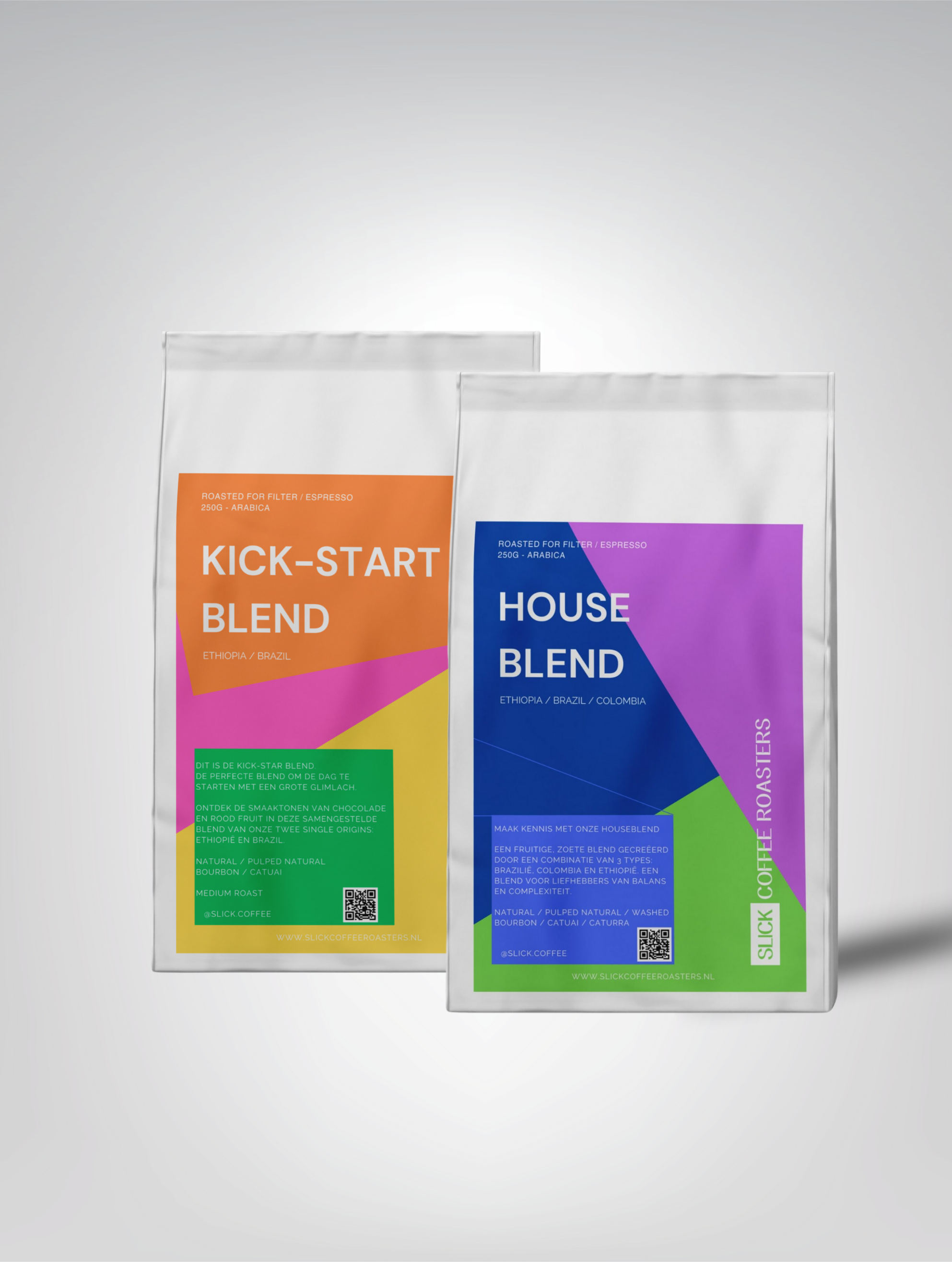The coffee belt, also known as the “coffee zone,” is a crucial geographic region around the equator where coffee plants thrive and flourish. This imaginary belt around the Earth has a special climate and topographical features that are ideal for the growth of coffee plants and the production of coffee beans. Let's delve deeper into the coffee belt and understand why this region is so vital to the world's coffee production.
The geography of the coffee belt
The coffee belt is located between the tropics of Cancer and Capricorn, approximately between 23.5 degrees north latitude and 23.5 degrees south latitude. This broad swath includes countries in Latin America, Africa, Asia, and even some parts of Oceania. Some of the most prominent countries within the coffee belt are Brazil, Colombia, Ethiopia, Vietnam, Costa Rica and Kenya.
It climate of the coffee belt
The climate in the coffee belt is characterized by two main features:
- Equatorial Climate: Most of the coffee belt is located near the equator, resulting in a tropical climate with even daylight hours and temperatures throughout the year. This ensures constant growth of coffee plants and continuous flowering and ripening of coffee cherries.
- Elevation differences: Within the coffee belt there are significant elevation changes, ranging from sea level to mountainous areas. These elevation changes create microclimates and temperature variations that affect the flavor profiles of coffee beans. High altitude areas often have cooler temperatures and promote the development of more complex flavors in coffee.
Rainfall and soil
The coffee belt also experiences seasonal rainfall. Coffee plants need adequate rainfall, but excessive rain can cause fungal infections. Therefore, many coffee-producing areas have a rainy season followed by a dry season, which is favorable for coffee production.
The soil in the coffee belt varies from region to region, and this affects the minerals and nutrients available to coffee plants. Some coffee-producing countries have volcanic soils, while others have rich alluvial soils. Each type of soil contributes to the flavor properties of the coffee beans that grow there.
Coffee varieties within the coffee belt
Various coffee varieties are produced within the coffee belt. The two main types of coffee beans are Arabica and Robusta, and they thrive in different conditions:
- Arabica: Arabica coffee thrives at higher altitudes, where the cooler climate and lower oxygen pressure promote the development of complex flavors. Countries such as Colombia, Kenya and Costa Rica are known for their high-quality Arabica coffee.
- Robusta: Robusta coffee is stronger and more bitter than Arabica and grows well at lower elevations and in warmer climates. Vietnam, Indonesia and parts of Brazil are major producers of Robusta coffee.
Sustainability and coffee in the future
The coffee belt represents both opportunities and challenges for the coffee industry. Climate change, changing rainfall patterns and the spread of plant diseases pose threats to coffee production in some areas. At the same time, coffee producers and enthusiasts are increasingly emphasizing the importance of sustainable agricultural practices to ensure the future of coffee production in the coffee belt.
However, the coffee belt remains the epicenter of coffee production, where coffee plants thrive in the shade of lush forests and on fertile slopes. It is the birthplace of coffee culture and an indispensable part of global coffee history and tradition. And every cup of coffee you drink tells a story that begins in this enchanting region.
The coffee belt, also known as the “coffee zone,” is a crucial geographic region around the equator where coffee plants thrive and flourish. This imaginary belt around the Earth has a special climate and topographical features that are ideal for the growth of coffee plants and the production of coffee beans. Let's delve deeper into the coffee belt and understand why this region is so vital to the world's coffee production.
